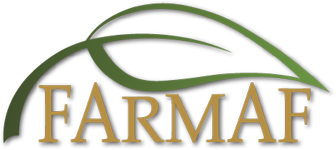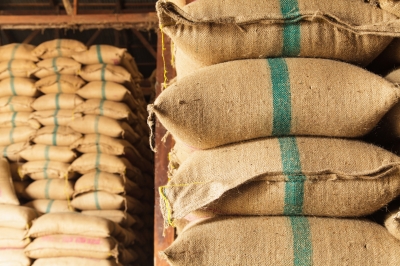 African Farmers mainly smallholder farmers are highly vulnerable to inherent risks and uncertainties, ranging from major weather-related risks such as drought, floods , windstorms and hail to difficulties acquiring farm inputs. They also face challenges at post-harvest level, including uncertain access to markets and high price variability.
African Farmers mainly smallholder farmers are highly vulnerable to inherent risks and uncertainties, ranging from major weather-related risks such as drought, floods , windstorms and hail to difficulties acquiring farm inputs. They also face challenges at post-harvest level, including uncertain access to markets and high price variability.
Smallholder farmers have limited or no means to manage these risks which leads them to rely on traditional risk minimisation strategies such as diversification of farm activities and risk coping mechanisms and quite often, these strategies do not optimise productivity and provide limited protection against severe shocks.
FARMAF objective is to enhance access to and promote the development and use of effective risk management tools to impact positively on the food security and livelihoods of smallholder farmers.
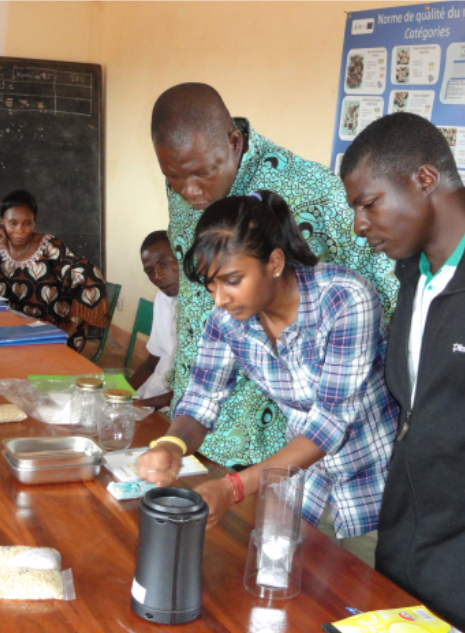 It is expected that this approach will help strengthen smallholder farmers’ capacity to manage sudden downward shocks, improve access to credit, invest in yield-enhancing technology, to act collectively and improve their marketing of agricultural produce.
It is expected that this approach will help strengthen smallholder farmers’ capacity to manage sudden downward shocks, improve access to credit, invest in yield-enhancing technology, to act collectively and improve their marketing of agricultural produce.
The risk management tools currently being developed and promoted under FARMAF in the three focus countries namely Burkina Faso, Tanzania and Zambia include:
- Crop insurance schemes
- Innovative marketing systems
- Market information Systems
- Collective action
- Policy advocacy
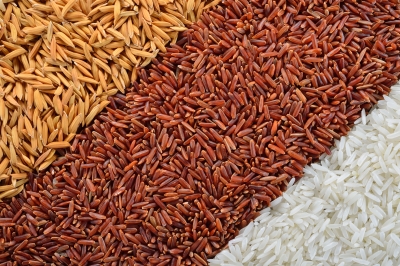 Market Information Systems (MIS) collect, process and disseminate information on the situation and the dynamics of agricultural markets in order i) to improve public policies through increased awareness of market realities and ii) to increase market transparency and, by this way, to lead to a fairer and more efficient allocation of resources.
Market Information Systems (MIS) collect, process and disseminate information on the situation and the dynamics of agricultural markets in order i) to improve public policies through increased awareness of market realities and ii) to increase market transparency and, by this way, to lead to a fairer and more efficient allocation of resources.
MIS information can be used by farmers to guide their production and marketing decisions: choice of what, when and where to sell based on market information. This information may thus reduce market risks. In addition, as small farmers' market power is hindered by their lack of information on price levels and changes at different points of the marketing chain, strengthening smallholder farmers' access to information can improve farmers bargaining position.
policy brief: How MIS can improve producers’ market power and build farmers’ organisations voice?
 Crop insurances schemes are being promoted within the FARMAF project to compensate farmers for weather – related yield losses and simultaneously ease access to production finance.
Crop insurances schemes are being promoted within the FARMAF project to compensate farmers for weather – related yield losses and simultaneously ease access to production finance.
In theory, insurance offer a financial protection and allows for the transfer of risk of income loss from a vulnerable farmer to a better-endowed insurer. The smallholder farmer is therefore able to repay loans when the event occurs without having to sell off household assets or compromise wellbeing of household members (e.g. withdrawing children from school).
Insurance products being promoted under the FARMAF project:
1. Indemnity-based crop insurance in Zambia
Insurance is provided as part of a credit package – the Lima Credit Scheme (LCS). Targets smallholder farmers organised into groups by district farmers Associations (DFA) belonging to Zambian National Farmer’s Union (ZNFU).
- Premium is 5% but reduced to 4%; covers loans of average size: US$600 – US$700
- For both food and cash crops, especially Maize.
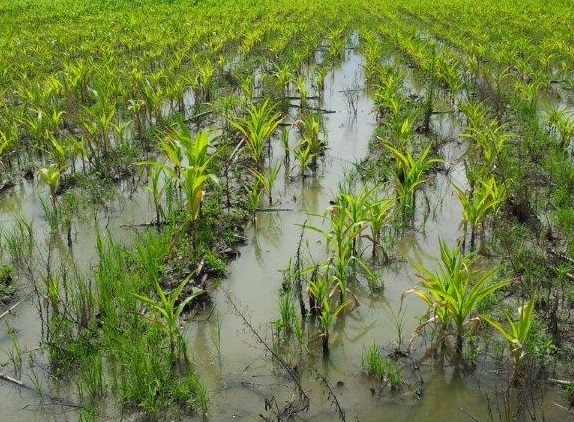
Key players:
- Zambia State Insurance Company ( ZSIC) issues multi-peril insurance
- It indemnifies credit obtained for inputs, which is supplied by a commercial bank
- DFAs co-guarantee loans; facilitate input procurement and access to extension.
- Forward marketing agreements secured for the loans
- Interest rate is highly competitive (2 percentage points above base rate).
Table 1: Key outcomes of Lima Credit Scheme and Indemnity-based insurance in Zambia from 2008 – 2014:
| Year | Number of farmers | Hectares | Premium (%) |
| 2008/ 2009 | 600 | 600 | 5 |
| 2009/ 2010 | 1,334 | 2,229 | 5 |
| 2010/ 2011 | 1,511 | 3,320 | 5 |
| 2011/ 2012 | 4,723 | 10,300 | 4 |
| 2012/ 2013 | 9,767 | 21,000 | 4 |
| 2013/ 2014 | 16,780 | 36,700 | 4 |
2. Index based insurance in Burkina Faso
Weather index-based insurance scheme – covers risk of drought risks; main target are smallholder farmers producing maize. Seeks to ease access to rural credit.
Key players:
- Planet Guarantee issues weather-indexed insurance; Swiss Re provides reinsurance
- Credit supplied by MFIs: Allianz Africa for insurance, CVECA and MECAP for credit
- EARS used for satellite-based tracking of rainfall indices
- Farmers organised and linked by CPF.
- Interest rates charged by MFIs undifferentiated from other loans
- Formal marketing arrangements – including sale of graded maize to WFP, SONAGESS and private buyers being developed.
Table 2: Key outcomes of Maize Index-based Insurance in Burkina Faso from 2011-2014:
| Year | Number of farmers | Hectares | Premium | Premium (%) |
| 2011 | 194 | 227 | 35,000 | 10.0 |
| 2012 | 1,340 | 1,507 | 155,000 | 10.8 |
| 2013 | 1,885 | 1,813 | 145,000 | 10.8 |
| 2014 | 2,072 | 2,212 | 210,000 | 9.5 |
For more information, see policy brief: Is there evidence of linking crop insurance and rural credit and its potential benefits?


